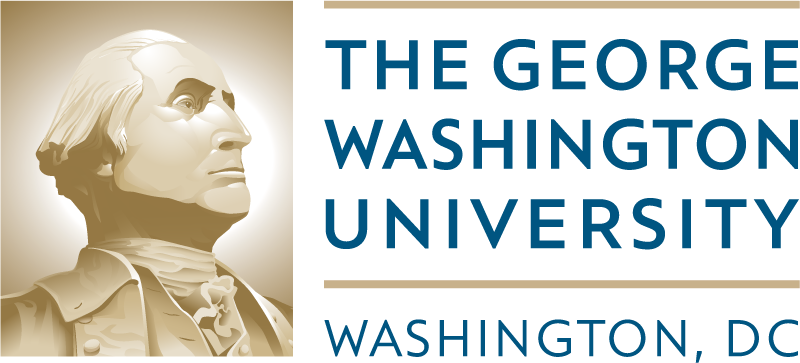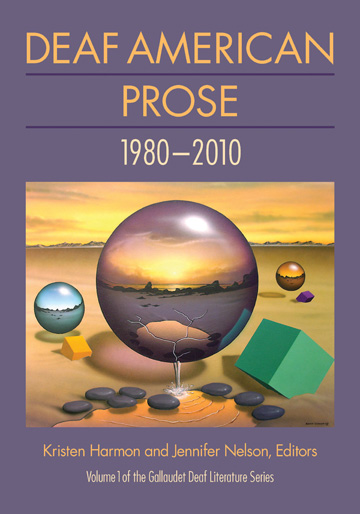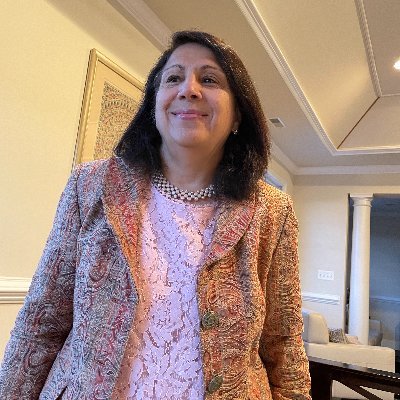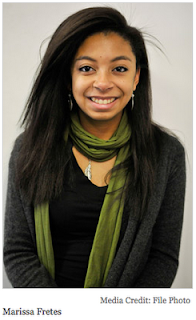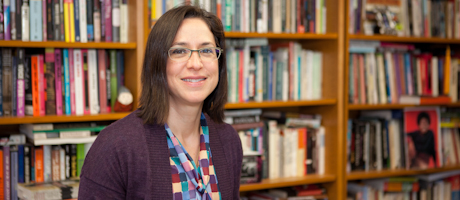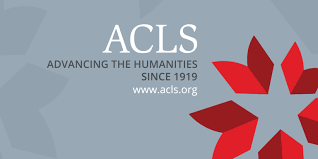Deaf American Prose–A New Door for English to Explore
Professor Harmon is an English professor and on loan as the Center Manager of Impact on Education and Disseminations for VL2, a program at Gallaudet that focuses on visual language and visual learning, and Professor Nelson specializes in multiple fields of literature, including ASL Literature.
 |
| Professor Jennifer Nelson |
The anthology is a companion piece to John Lee Clark’s Deaf American Poetry and so Nelson and Harmon used multiple forms of prose, from narratives to fiction. Professor Harmon shared, “Our subtitle for the work is Deaf Papers, and we meant this to include all the possible connotations of this– as documentation, as an assertion of equal rights, as a response, as a collection of usually overlooked or unseen ‘papers,’ as a sequence of reports in English, as an insider’s report, as a response to stereotypes and flattening representations of deaf people in mainstream literature in mainstream literature and media, and finally, as a recording of deaf lives on paper.”
When advertising the book, Gallaudet Press says, “The rising Deaf writers presented here further distinguish the first volume in this new series by thinking in terms of what they can bring to English, not what English can bring to them.”
As two professors with intimate connections to languages that are not spoken but communicated visually, I asked what doors Professors Harmon and Nelson thought this new series could open for English.
Harmon responded, “English as a language and as a literature contains the history of its interactions with other peoples and other languages, you could look at it as containing a series of lower case ‘englishes’ that assert a different and resistant perspective on identity and language. We wanted to see tale of the different ‘englishes.’ We also wanted Deaf ASL/English bilingual writers to enter the discussion and to take risks with their own writing of themselves within community and language. Finally, because so many of us grow up with the message that there is only one way, one language (e.g. spoken English made accessible through technology and speech therapy), it is empowering to consider the ways in which being bilingual, existing within and between two languages is a source of creativity and multiplicity.”
 |
| Professor Kristen Harmon |
